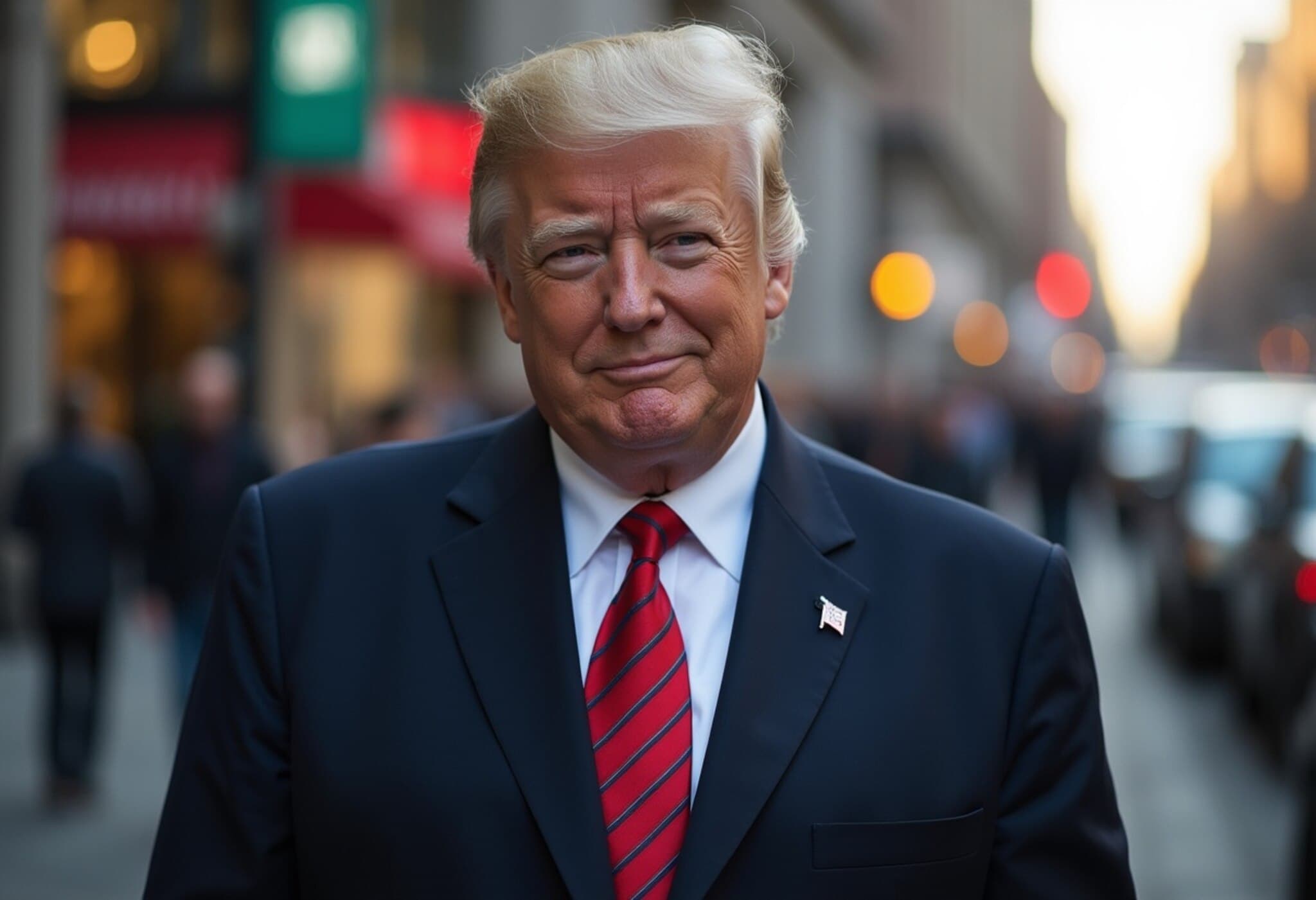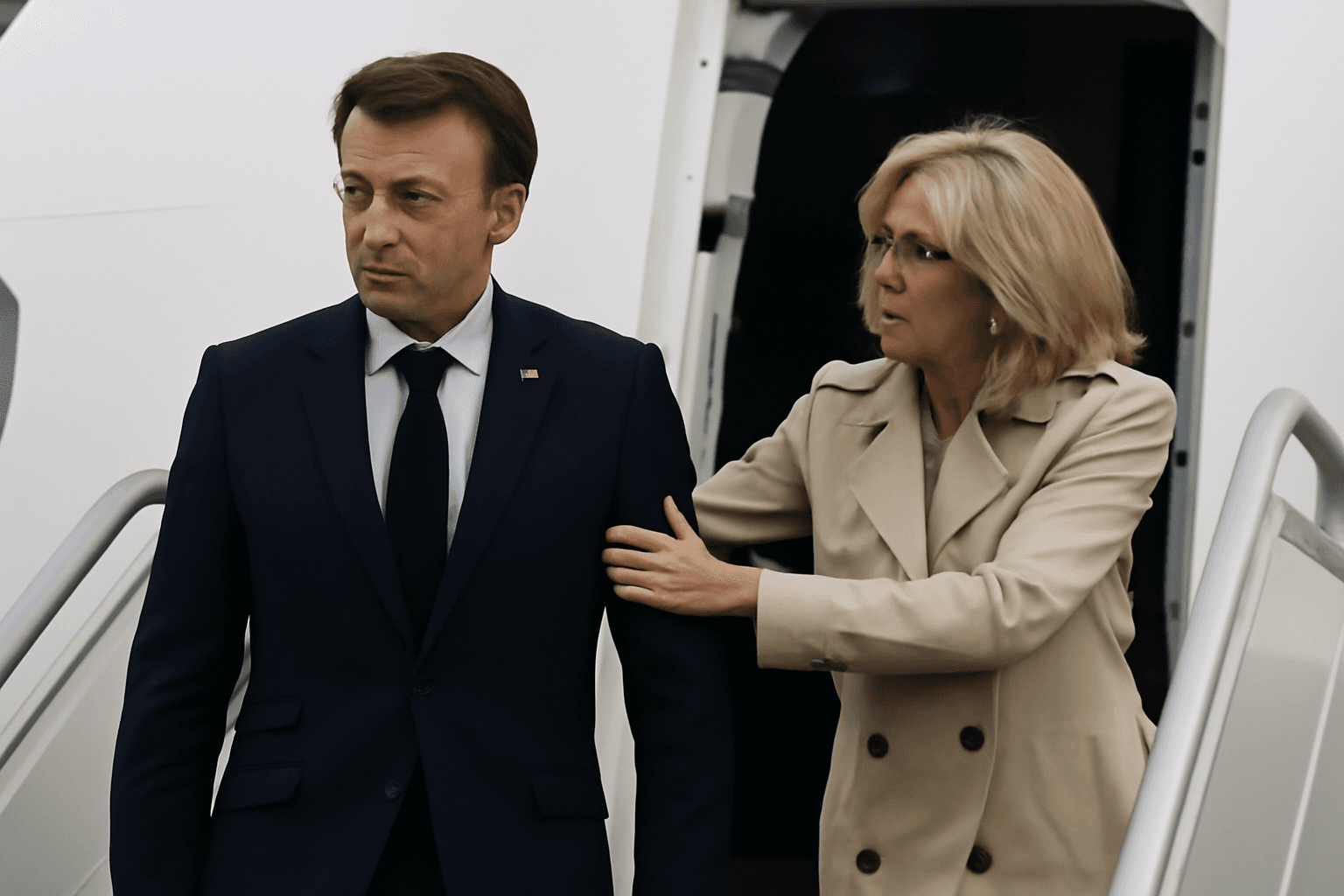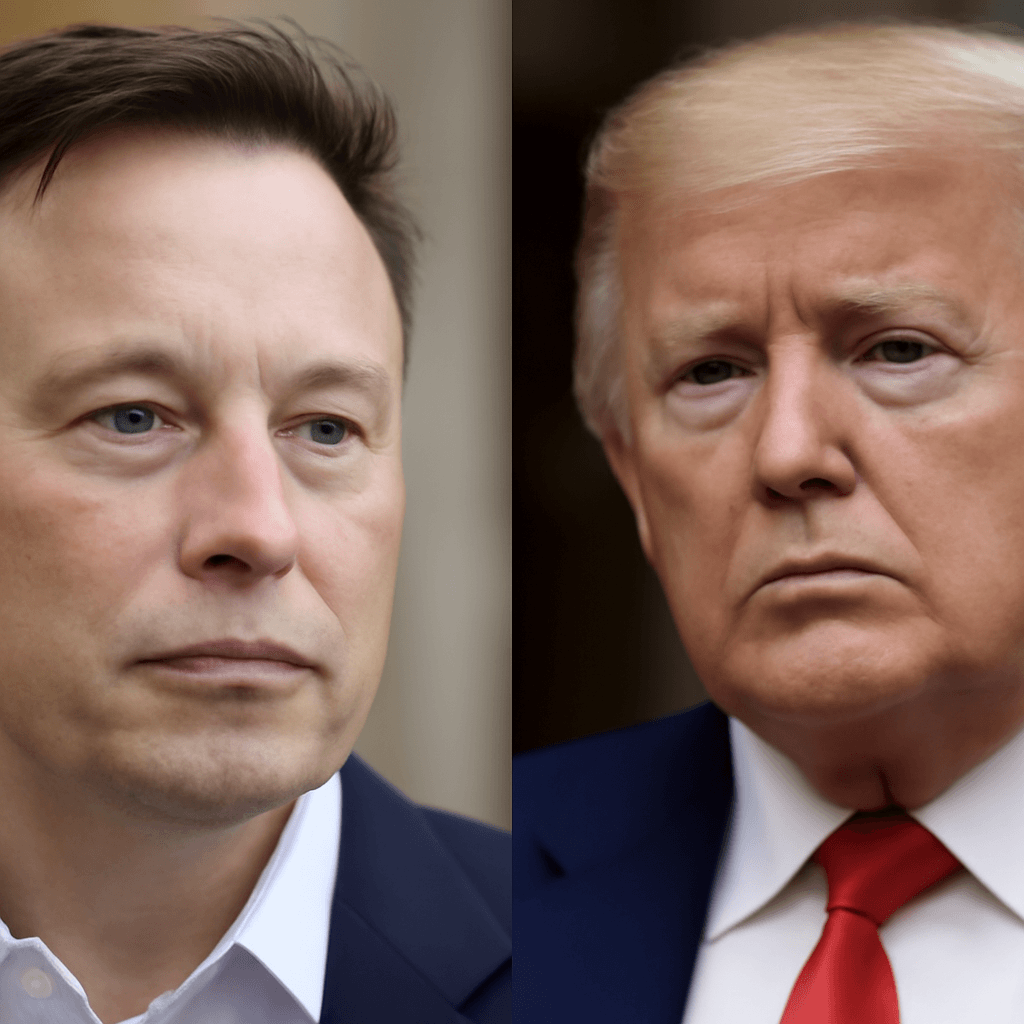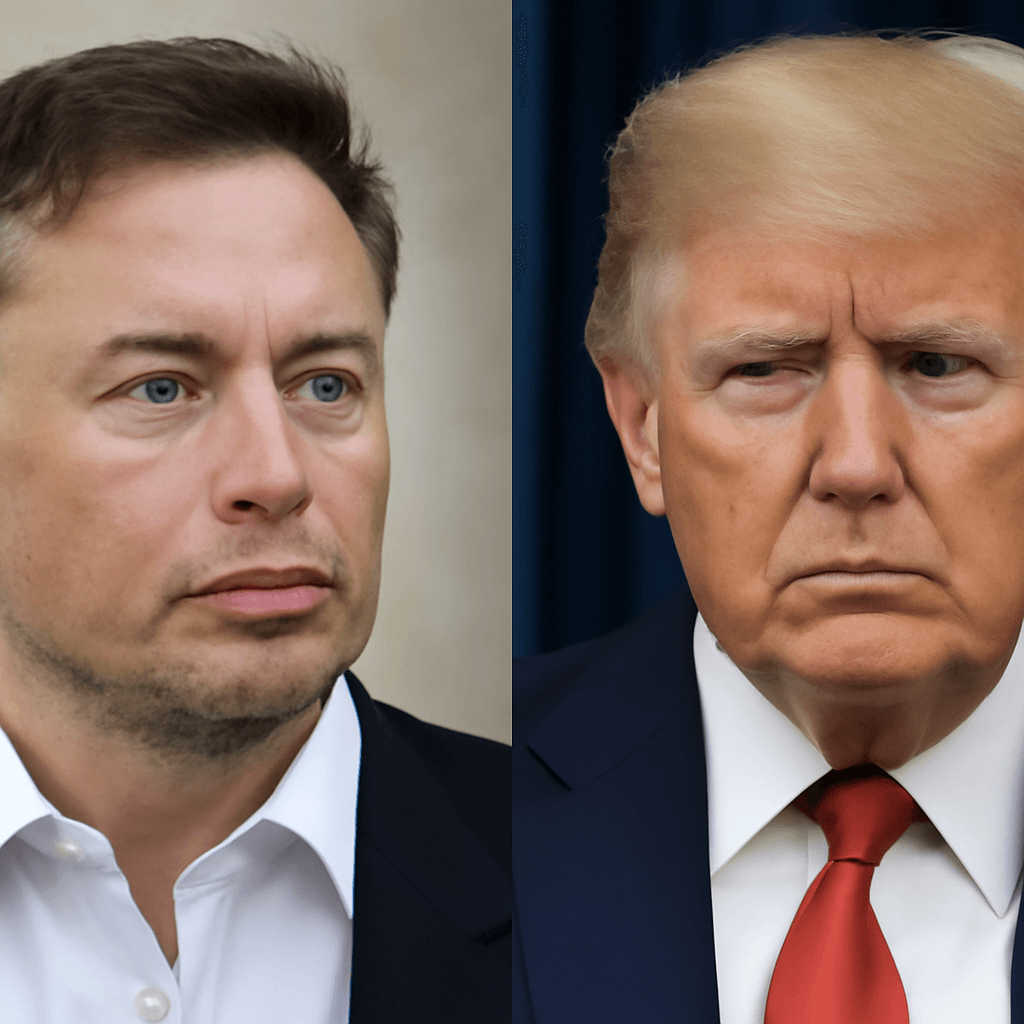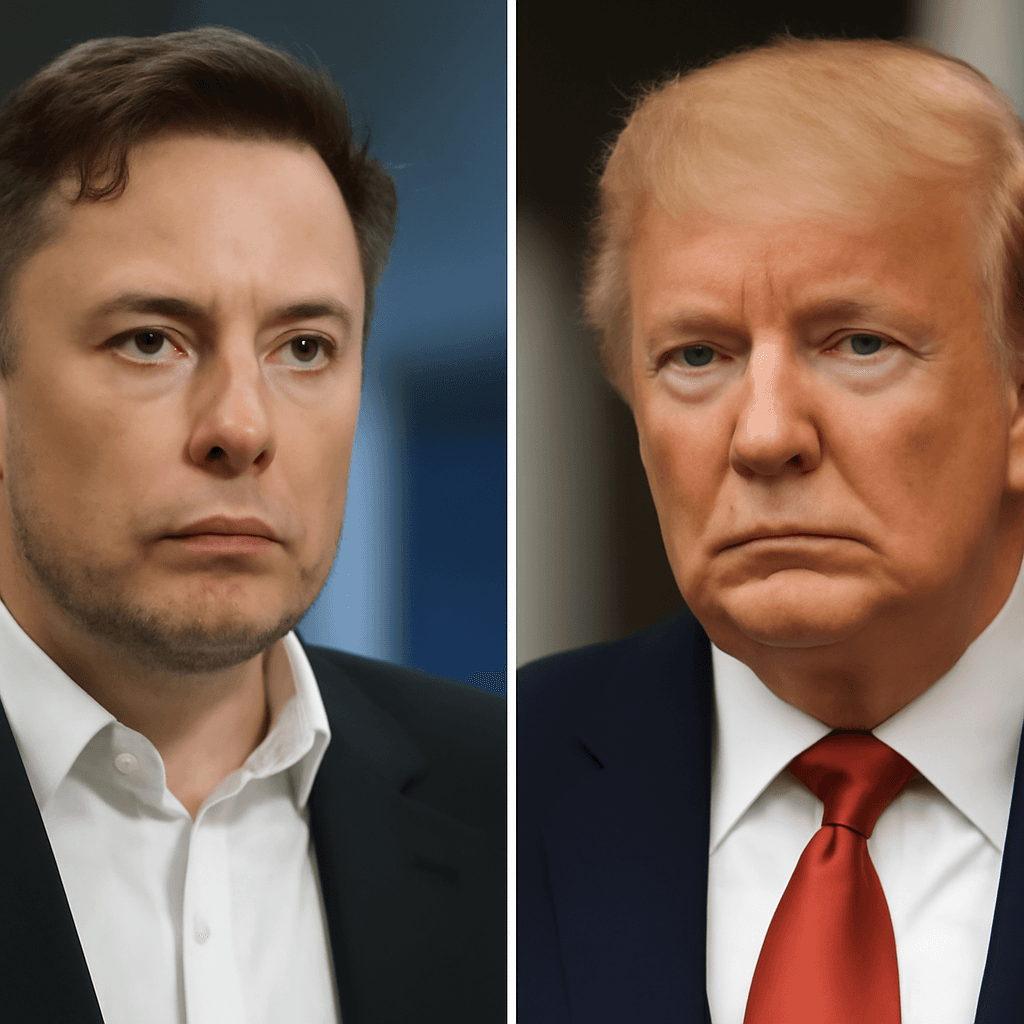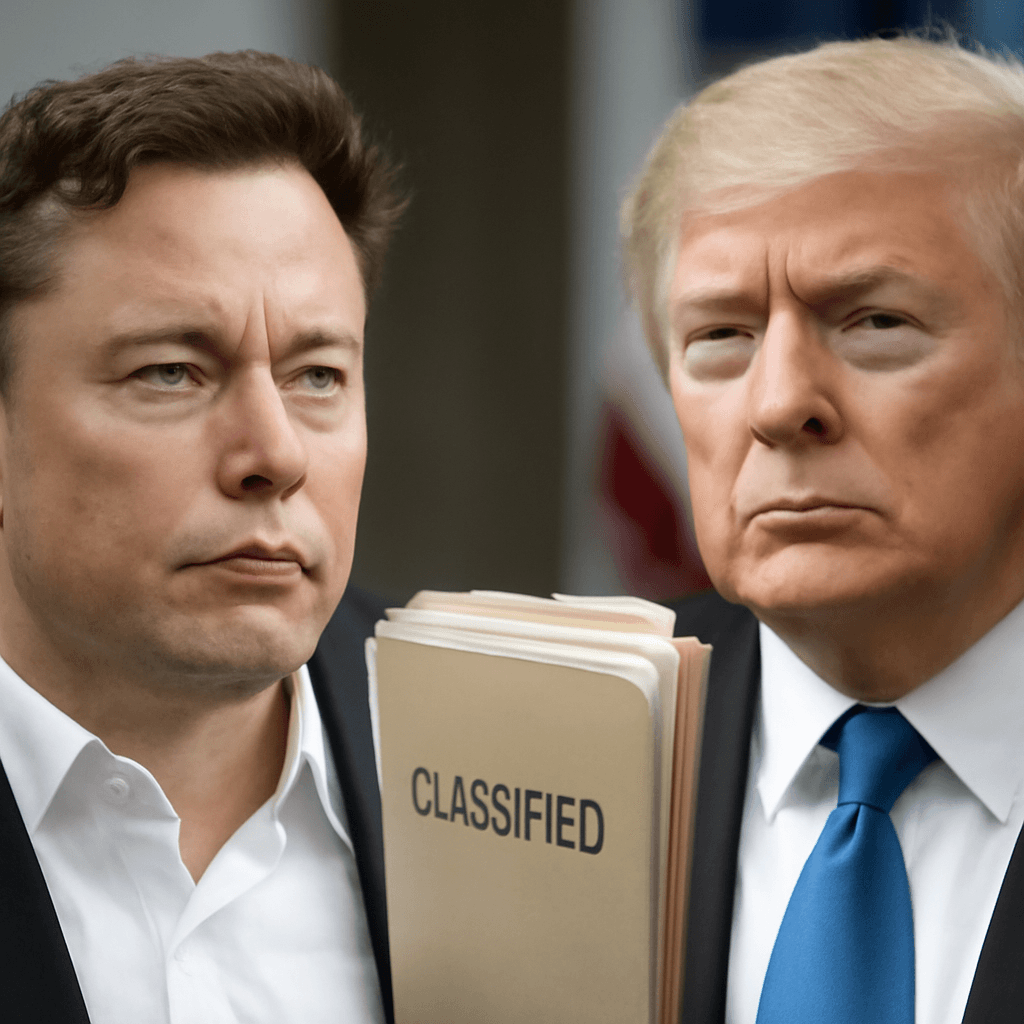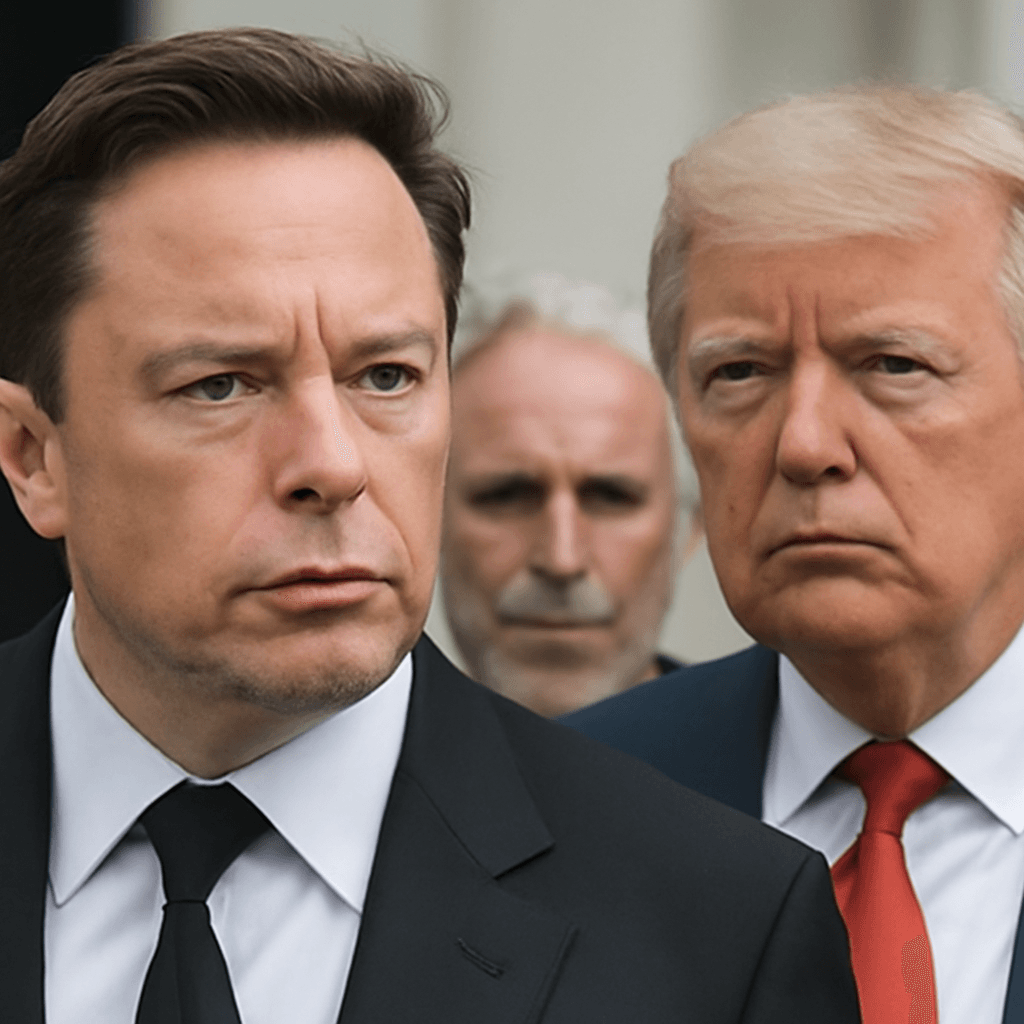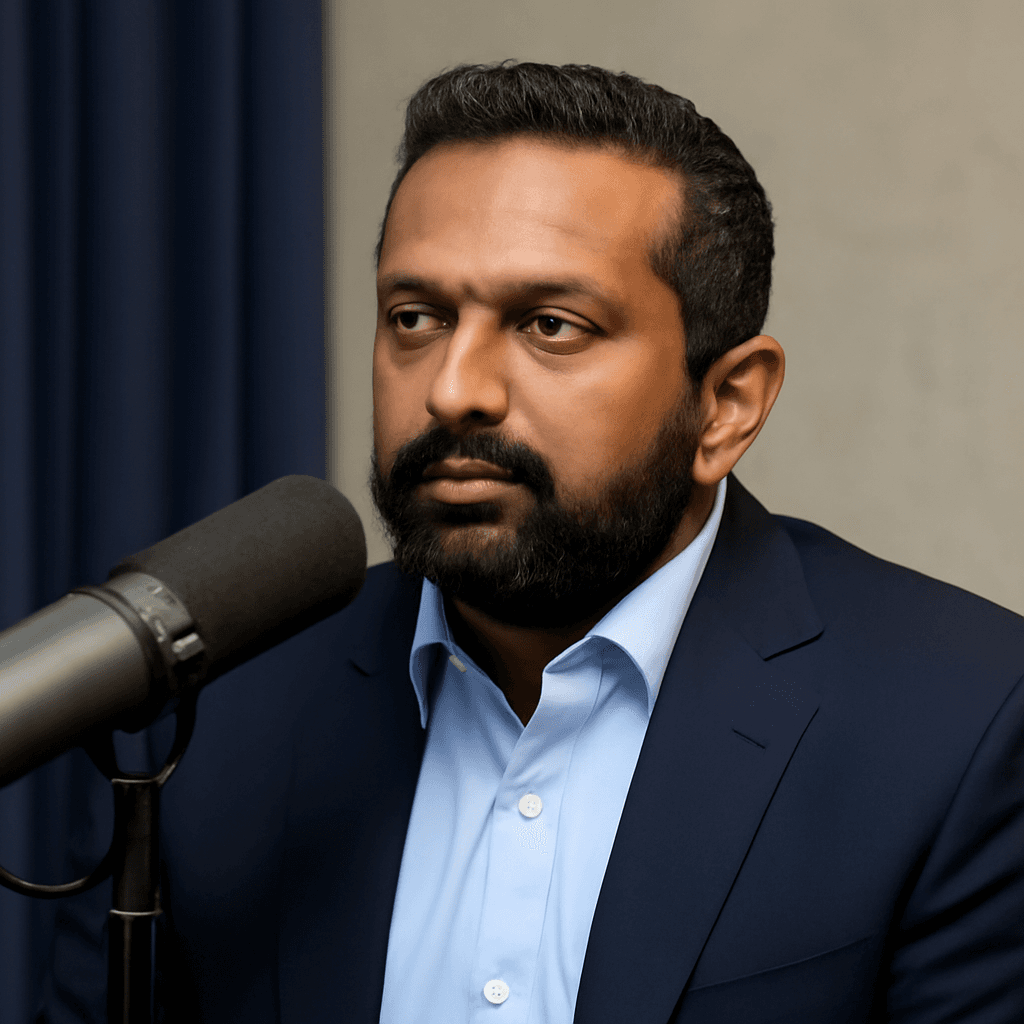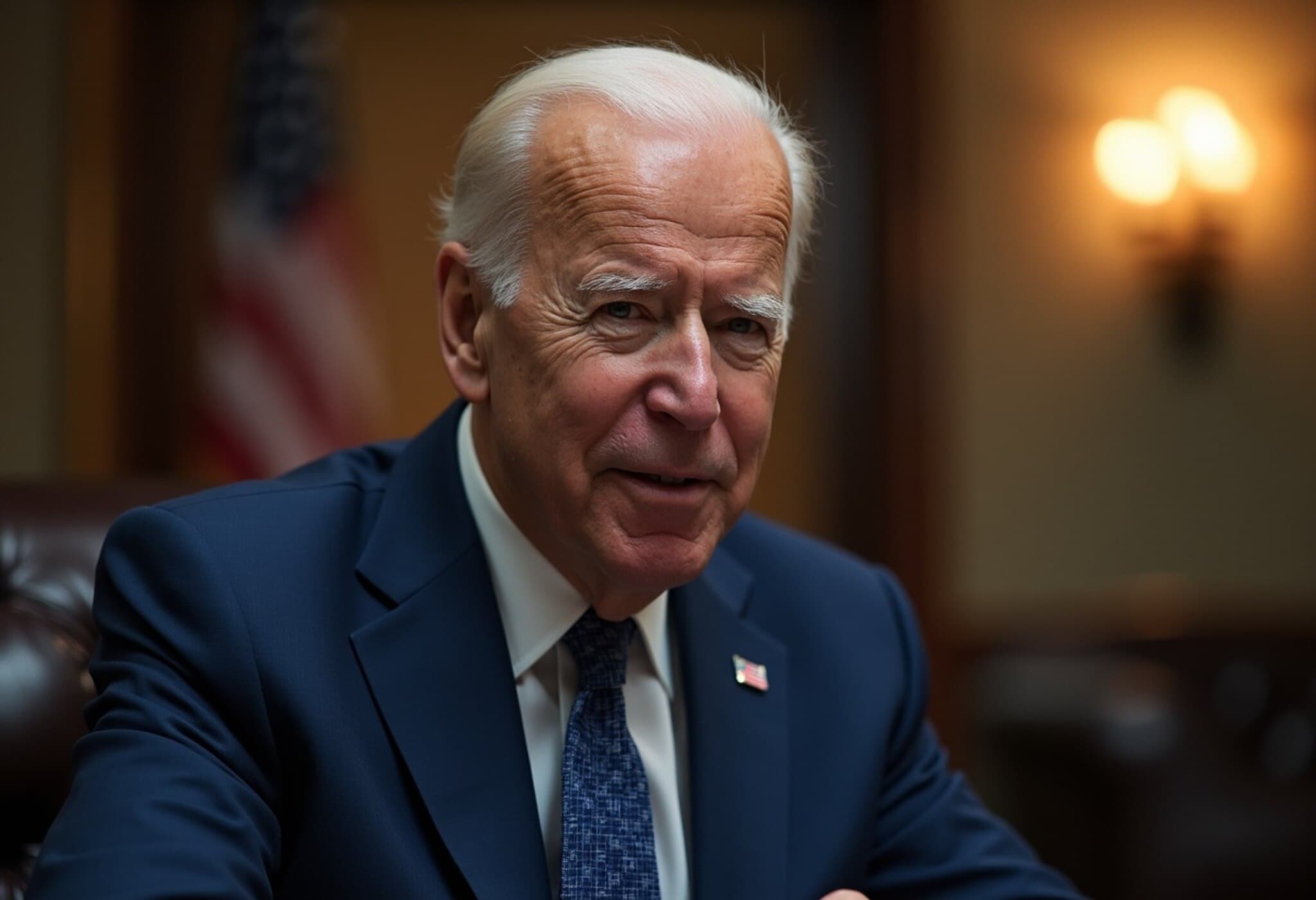The Brewing Storm: Trump, Epstein, and the MAGA Movement Under Pressure
Steve Bannon, former chief strategist to Donald Trump and a central architect of the MAGA movement, has forecasted a "long, hot summer" of intense political turmoil within the United States. What makes this firestorm particularly compelling is its unexpected relevance to audiences far beyond American borders, including Australia, due to intertwined international political and intelligence linkages.
Bannon’s Battlecry: Epstein Files at the Heart of a Divide
At the core of this upheaval lies the controversy surrounding Jeffrey Epstein—an infamous financier accused of heinous crimes against minors and linked to global elites. Bannon has been at the forefront urging President Trump to release all files connected to Epstein, asserting that transparency is necessary to confront a deep-seated corruption network.
However, Trump himself has publicly downplayed these allegations, dismissing the discussion as "boring" and criticizing Republicans who press for disclosure. This stance threw the MAGA base into confusion, as many had previously been encouraged to view Epstein as a symbol of the corrupt establishment, particularly among Democratic circles.
Conflicting Narratives and Allegations
- US Attorney-General Pam Bondi once claimed to have Epstein’s client list but later denied its existence, sowing further doubt.
- The Wall Street Journal—owned by media mogul Rupert Murdoch—published a revealing letter from Trump to Epstein in 2003, raising eyebrows within and beyond the MAGA community.
- This letter’s suggestive tone and ambiguous closing line fueled speculation about Trump’s proximity to Epstein’s circle.
Trump responded vehemently, labeling the report as fabricated and initiating a $10 billion defamation lawsuit against Murdoch’s publication.
The Murdoch Factor: A Media Empire Caught in Crossfire
Despite their historically amicable relationship, tensions between Trump and Rupert Murdoch seem to have escalated. Bannon characterizes the publishing of these damaging stories as a "kill shot" intended to weaken Trump politically. He predicts the episode could irrevocably fracture support for Murdoch's media outlets among conservative audiences, particularly as streaming services erode traditional cable news viewership.
Underlying Motives: Intelligence, Politics, and Media Strategy
Bannon offers a broader interpretation: Murdoch's move was strategically timed to overshadow an upcoming intelligence report challenging the narrative of Russian interference in the 2016 US election—a report spearheaded by Trump’s own director of national intelligence, Tulsi Gabbard.
According to Bannon, Murdoch's alliance with what he calls the "deep state"—including US intelligence agencies—aims to destabilize Trump by linking him to Epstein and by promoting counter-narratives about election interference.
This controversial claim expands into a larger conspiracy theory involving intelligence alliances such as the "Five Eyes" (comprising the US, UK, Canada, Australia, and New Zealand), insinuating that covert forces may subtly shape democratic processes worldwide.
Implications for Australian Politics and Media
Given Australia’s membership in the Five Eyes intelligence pact, Bannon suggests Australians should pay close attention to these developments. Questions arise about sovereignty, media influence, and the integrity of electoral systems, highlighting underexamined vulnerabilities in democratic nations linked by intelligence-sharing agreements.
Bannon’s Call to Action and the Road Ahead for MAGA
Bannon has encouraged Trump to adopt a more aggressive transparency posture by pressing for the release of Epstein-related materials held by courts, and ideally appointing a special counsel for a thorough investigation. The aim is to restore trust within the MAGA base and confront perceived threats from competing factions—including technology industry behemoths dubbed "tech bros."
Despite the turmoil, Bannon remains optimistic about the durability of the MAGA coalition, framing these challenges as crises that will ultimately fortify their movement.
Editor’s Note
The unfolding saga intertwines media power plays, intelligence agency intrigue, and deep political factionalism, illustrating the complex forces shaping contemporary democracy. Readers are encouraged to critically evaluate how high-profile media narratives might serve broader geopolitical and domestic agendas. Furthermore, the episode underscores the delicate balance between transparency, national security, and political loyalty in an era of polarized societies.
As the U.S. moves toward pivotal midterm elections, the outcome of this confrontation could redefine not only Trump’s legacy but also the future of media influence and intelligence operations within and beyond America’s borders.

